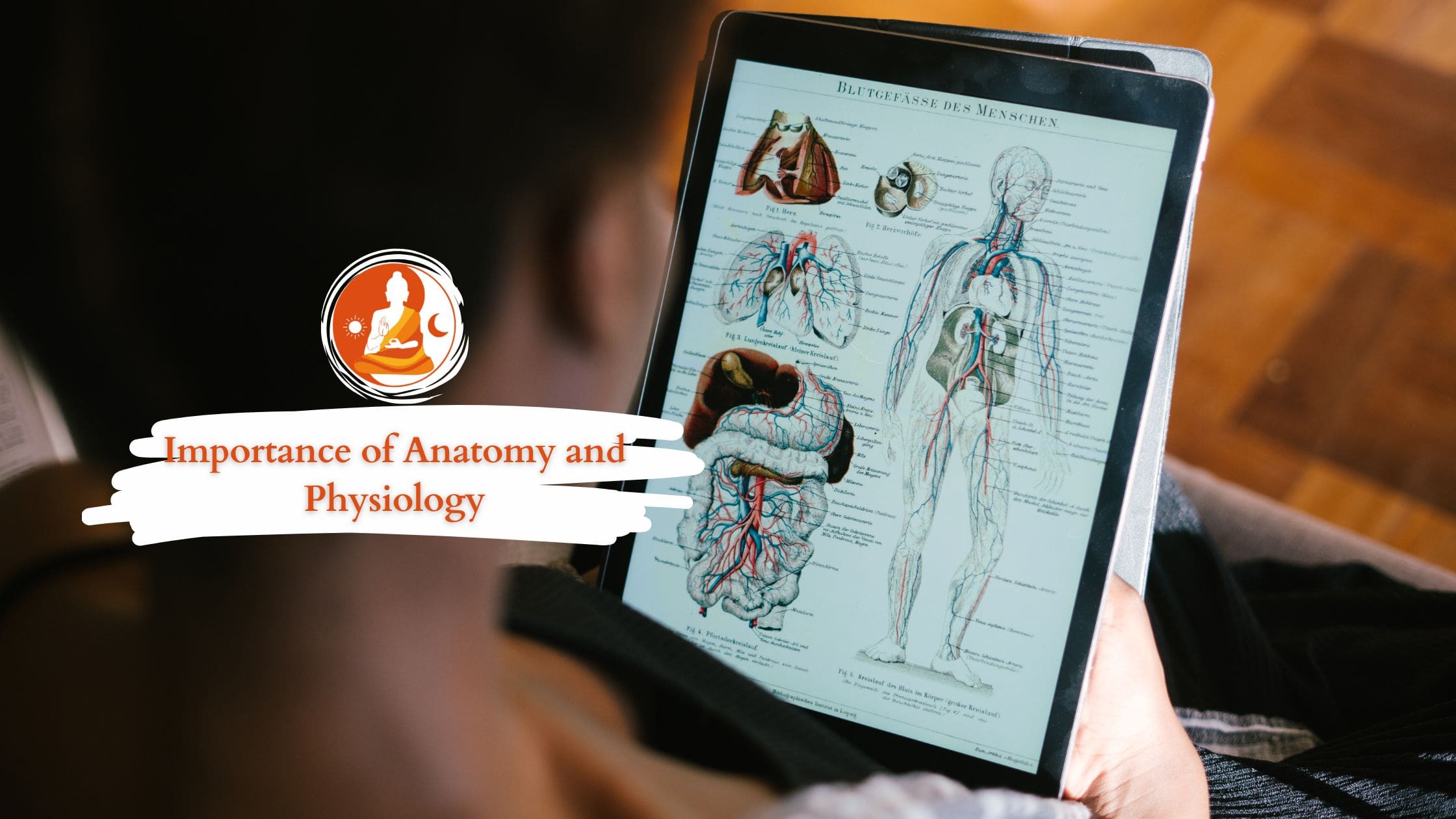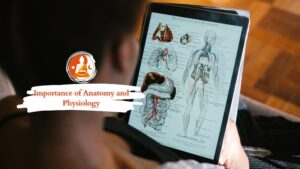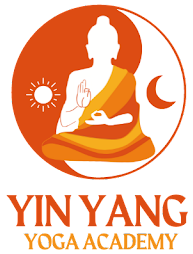Understanding the importance of anatomy and physiology is essential in comprehending how the human body functions. These two sciences are the foundation of medical studies, physical education, and various health disciplines, including yoga and fitness training. Anatomy refers to the structure of the human body, while physiology explains how these structures work individually and collectively to sustain life.
For students studying the importance of yoga class 11, anatomy and physiology provide a scientific foundation for understanding its benefits. Whether one is a yoga instructor, athlete, or fitness enthusiast, a deeper knowledge of these subjects can contribute to better performance, reduced risk of injuries, and improved overall health.
In this article, we will explore the importance of anatomy and physiology in various aspects of health and fitness, including yoga, physical education, and sports training. We will also discuss their practical applications and benefits, emphasizing their role in holistic well-being.
Table of Contents
ToggleUnderstanding the Basics of Anatomy and Physiology
Anatomy includes various branches such as gross anatomy, microscopic anatomy, and neuroanatomy. Physiology, on the other hand, focuses on how different systems of the body function and interact. Together, they provide a comprehensive understanding of human biology and its mechanisms.
Key Components of Human Anatomy
Yoga anatomy along with physiology play a significant role in understanding the impact of yoga on the human body. Through the study of anatomy in yoga, practitioners can gain insights into muscle engagement, postural alignment, and breathing techniques that enhance flexibility and strength.
- Skeletal System – Provides structure and support to the body.
- Muscular System – Enables movement and stability.
- Nervous System – Controls bodily functions and responses.
- Respiratory System – Facilitates oxygen intake and carbon dioxide expulsion.
- Cardiovascular System – Circulates blood and nutrients throughout the body.
Key Aspects of Human Physiology
Yoga physiology provides knowledge about the physiological outcome of yoga, including improved circulation, better oxygen supply, and enhanced nervous system function.
- Cellular Physiology – The study of cell functions.
- Systemic Physiology – Functions of different organ systems.
- Exercise Physiology – Effects of physical activity on the body.
Read Also: Four Person Yoga Poses
The Role of Anatomy and Physiology in Yoga
Yoga is deeply connected to the principles of anatomy and physiology. A clear understanding of the human body’s mechanics allows yoga practitioners to perform asanas correctly, preventing injuries and maximizing benefits.
Understanding Body Movements
By studying anatomy in yoga, practitioners can focus on:
- Proper alignment in poses.
- Muscle activation during different asanas.
- Avoiding strain and injury.
The Body’s Response to Yoga
The physiological outcomes of yoga include:
- Improved circulation and oxygen delivery.
- Enhanced flexibility and mobility.
- Stress reduction and nervous system regulation.
Importance of Anatomy and Physiology in Physical Education
Physical education is an essential field where anatomy and physiology play a vital role. Trainers, athletes, and educators rely on these subjects to design effective fitness programs and enhance performance.
- Injury Prevention – Understanding muscle and joint function helps in reducing sports injuries.
- Performance Enhancement – Knowledge of body mechanics aids in developing effective workout plans.
- Efficient Recovery – Physiological insights assist in designing rehabilitation programs.
Physiological Effects of Yoga on the Human Body
Yoga has profound physiological benefits that positively impact overall health. Some of the notable effects include:
- Better Lung Function – Pranayama enhances respiratory efficiency.
- Increased Blood Circulation – Yoga postures stimulate the cardiovascular system.
- Stress Reduction – Meditation and breathing exercises calm the nervous system.
- Improved Digestion – Certain poses aid in digestive health.
- Enhanced Flexibility and Strength – Consistent yoga practice improves muscular endurance.
Also Read: Yoga Poses for Two People
Practical Applications in Health and Fitness
Understanding anatomy and physiology is crucial for a healthy and active lifestyle. Whether in sports, yoga, or physical education, this knowledge forms the foundation for better performance, injury prevention, and overall well-being. By integrating these scientific principles into daily practice, individuals can optimize their physical and mental health.
1. For Athletes and Trainers
- Understanding biomechanics improves training efficiency.
- Knowledge of muscle groups aids in targeted workouts.
- Injury rehabilitation becomes more effective with anatomical knowledge.
2. For Yoga Practitioners and Teachers
- Better execution of asanas based on body alignment.
- Awareness of physiological benefits enhances practice.
- Reduced risk of strain and injuries.
3. For Medical and Healthcare Professionals
- Essential for diagnosing and treating physical conditions.
- Helps in physical therapy and rehabilitation.
- Provides insights into body functions and disorders.
Winding Up!
The study of anatomy and physiology is crucial for anyone involved in healthcare, sports, and wellness practices. A well-rounded knowledge of these subjects helps professionals and students understand bodily functions, prevent injuries, and enhance performance. In physical education, understanding anatomy and physiology enables athletes and coaches to maximize efficiency and develop better training programs.
Start exploring anatomy and physiology today to enhance your health and fitness journey. Whether you’re a student, athlete, or wellness enthusiast, this knowledge will empower you to make informed decisions about your body and its functions.
People May Also Ask!
The study of anatomy and physiology is important because it helps us understand how the human body functions, enabling better healthcare, fitness, and wellness practices.
Yoga anatomy and physiology provide insights into body alignment, muscle engagement, and the physiological outcome of yoga, enhancing practice and preventing injuries.
In physical education, understanding anatomy helps in injury prevention, performance optimization, and the development of effective training programs.
Yoga improves circulation, enhances flexibility, reduces stress, boosts lung function, and strengthens muscles, contributing to overall well-being.
Athletes use anatomical knowledge to optimize performance, prevent injuries, and design effective training routines tailored to their body’s mechanics.
A solid understanding of anatomy and physiology helps create personalized fitness plans and ensure safe and effective workouts.











